

Max Davies
How Audi, BMW, Honda, Mercedes-Benz, and Suzuki started out in Australia, and where they are now
1 Hour Ago
New legislation passed through the South Australian Parliament brings tougher penalties and new licensing regulations for reckless drivers.

Contributor
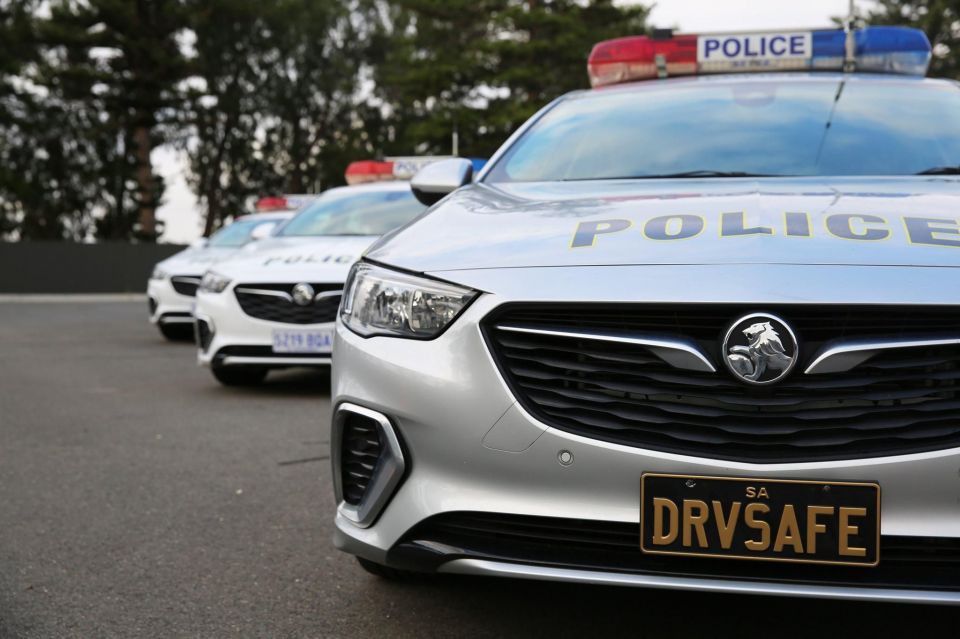

Contributor
New laws passed through the South Australian Parliament have brought tougher penalties for drivers who cause harm, while also requiring owners of certain high-performance vehicles to get a new licence.
Last year, the South Australian Government pledged to make changes to its road laws following the death of pedestrian Sophia Naismith in 2019.
Almost a year since the pledge was made, the SA Government has passed a new bill with stricter measures for drivers.
The legislation outlines a new indictable offence in the Criminal Law Consolidation Act 1935 “of causing death or serious harm by careless use of a vehicle or vessel”.
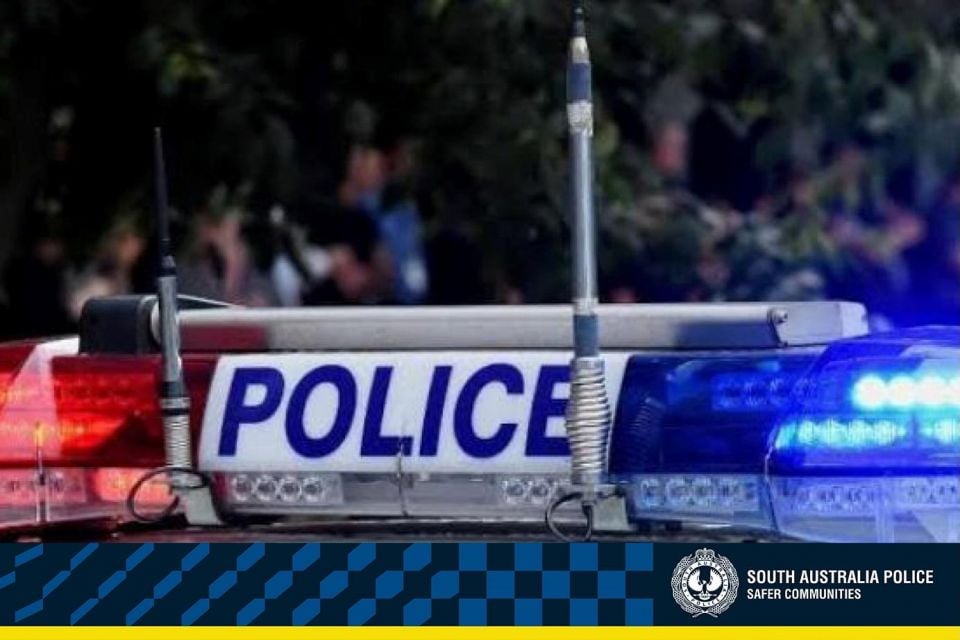
It “removes the aggravating factor of ‘causing death or serious harm’ from these offences and inserts ‘causing harm’ as a new aggravating factor,” explained Joe Szakacs, Minister for Police, Emergency Services and Correctional Services, in the second reading of the bill before Parliament.
“The introduction of this new offence will allow for a more appropriate penalty range for serious driving conduct leading to the death or serious harm of another where the conduct has not met the higher threshold of dangerous driving.”
South Australian Police under these new laws will be able to immediately suspend or disqualify a person’s drivers licence as a result of being charged with or having been “reasonably believed” to have committed the new offence.
The new offence will carry a maximum penalty increased from 12 months imprisonment to a maximum of five years’ imprisonment for a “basic” offence and seven years for an “aggravated offence”.
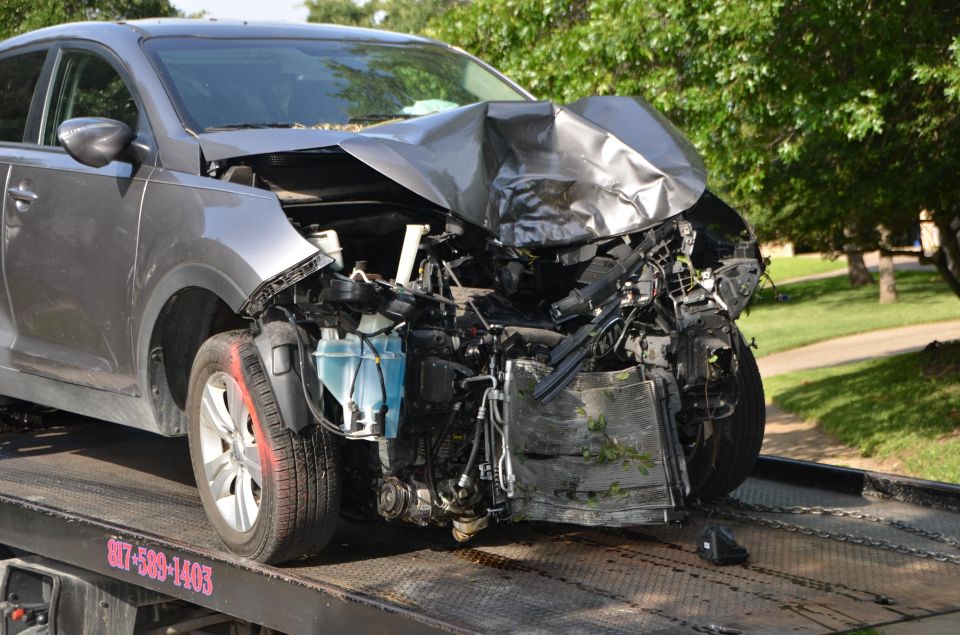
It’s worth noting the South Australian Government deems an “aggravated offence” to be inclusive but not restricted to:
Previously, drivers who did not meet the threshold for dangerous driving would be charged with “aggravated driving without due care causing death”, which prior to the change carries a maximum 12-month jail penalty and a minimum six-month driver’s licence suspension.
The SA Government has raised the maximum licence disqualification period from six months to 12 months for a “basic” offence and three years for an aggravated offence.
It’s worth noting this new law isn’t restricted to those who operate a motor vehicle. The new law will even extend to riders on a bicycle should they too commit this offence.
The SA Government also defines a vehicle to have a material defect if it affects the vehicle’s ability to operate, for example neglected vehicle maintenance.
A new criminal offence has also been introduced to the Road Traffic Act 1961 prohibiting drivers of “ultra high-powered” vehicles from disabling automated intervention systems.
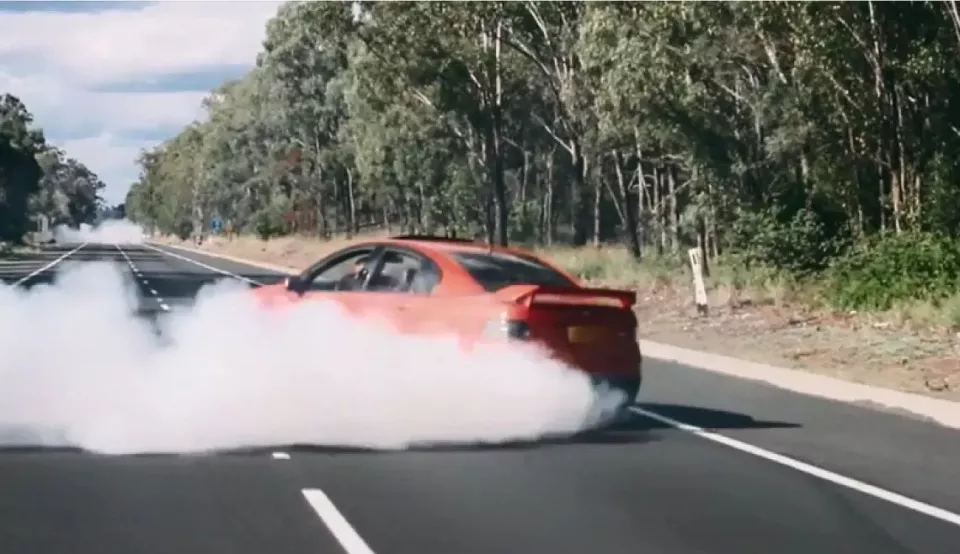
The law prohibits drivers from disabling “anti-lock braking, automated emergency braking, electronic stability control or traction control,” a spokesperson from the SA Government told CarExpert. However, this doesn’t include safety warning systems like lane-keep assist and parking sensors.
Drivers who operate an “ultra high-powered vehicle” in “sports mode”, which consequently results in death or serious harm, will now face charges for “an aggravated offence” under the new laws.
“Putting an ultra high-powered vehicle in sports mode or other similar mode makes the car more responsive and sensitive to input and makes the engine more powerful and more aggressive,” said Mr Szakacs.
“It is not, under any circumstances, a mode that should be used in a built-up area, and we have seen the tragic consequences of those decisions.”
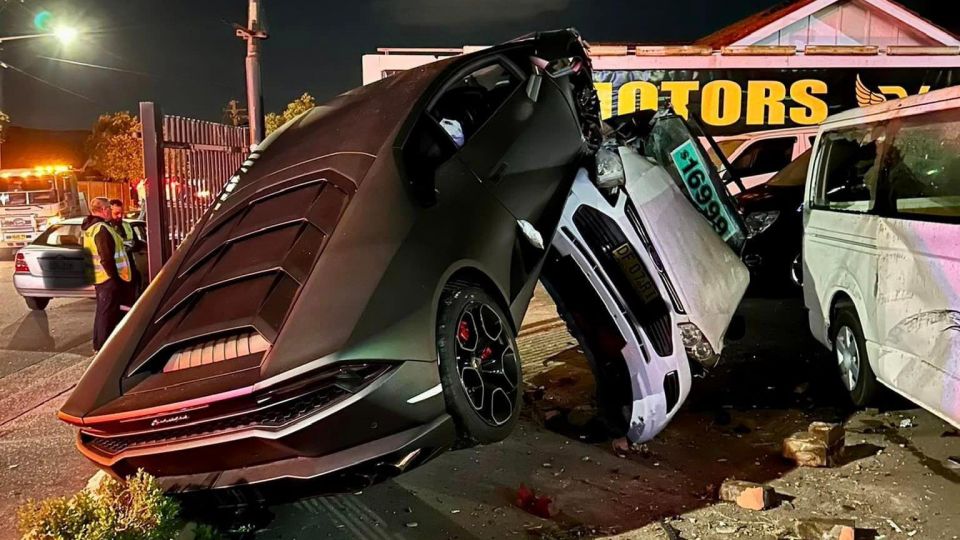
Ultra high-powered vehicle drivers who commit this offence will be subject to a maximum penalty of $5000. The South Australian Government has, however, outlined exceptions to the new ban.
“The bill also appropriately provides for a defence where the person did not disable the system and did not know and could not be expected to know it was disabled,” said Mr Szakacs.
“It is also a defence if it was impracticable to drive with the automated intervention system enabled, as there are some circumstances where such systems should legitimately be turned off, like when a vehicle is bogged or being driven on loose surfaces.”
It’s worth mentioning the bill outlines that with the introduction of electric vehicles, this legislation could be amended further in the future.
Under the new legislation, drivers are required to obtain a special ‘U Class’ licence to operate vehicles that have a gross vehicle mass less than 4.5 tonnes with equal to or higher than a 276kW/t power-to-weight ratio.
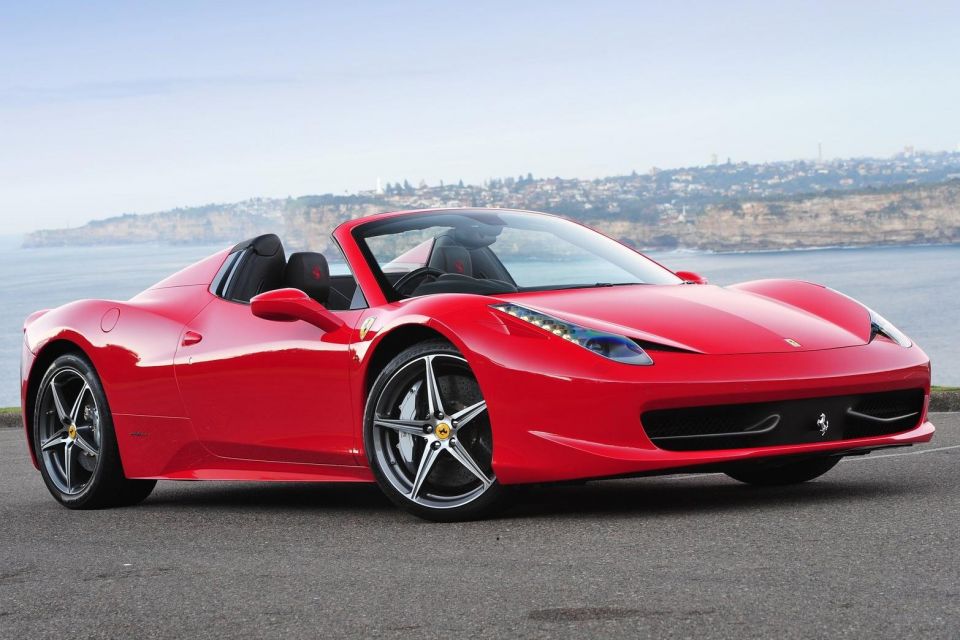
These are now considered ultra high-powered vehicles.
The Government says that “around 270” drivers in the state will need to obtain a new licence next year to legally drive their supercars.
“From 1 December 2024, South Australian drivers will be required to hold a new licence to drive an Ultra High Powered Vehicle (UHPV),” a South Australia Government spokesperson told CarExpert.
“To obtain this new U class licence, a person will have to complete an online training course. This course is currently being developed and will ensure a person is aware of the risks associated with driving an UHPV and the use of common vehicle features within Advanced Driver Assistance Systems.”
A spokesperson from the SA Government told CarExpert that it expects the new course to be available early next year.
“Once the training is available, all existing UHPV drivers and owners will need to complete this training to obtain a U licence classification if they wish to continue driving a UHPV after 1 December 2024,” a spokesperson told CarExpert.

“There will be no exemption for prior experience or graduation process. Existing high-powered vehicle restrictions will continue to apply for provisional drivers.”
To be eligible for this U licence classification, a person must have held one of the following licences for at least three years:
OPINION: Why a special licence for high-powered sports cars is a great idea
Jade Credentino is an automotive journalist currently based in Melbourne, Australia. Jade has had a chance to review a variety of vehicles and particularly enjoys SUVs. She enjoys traveling and going on road trips exploring Australia.


Max Davies
1 Hour Ago


William Stopford
1 Hour Ago


Derek Fung
2 Hours Ago


Max Davies
9 Hours Ago


William Stopford
1 Day Ago


Ben Zachariah
1 Day Ago